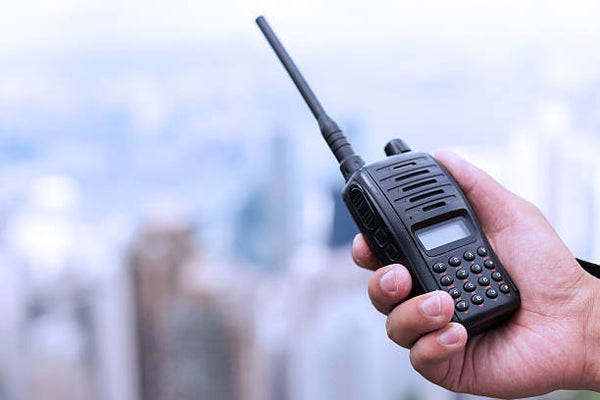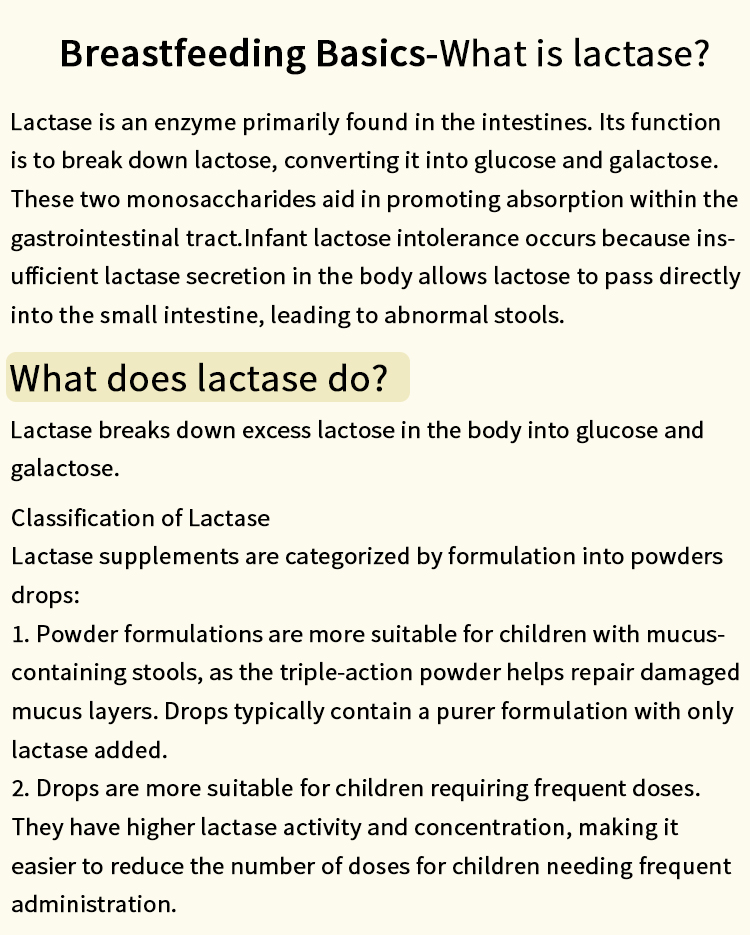
In the vast realm of wireless communication, radio waves play a pivotal role in transmitting information across vast distances. From broadcasting radio programs to enabling wireless internet connections, radio waves have revolutionized the way we communicate. But have you ever wondered how these invisible waves carry information? In this blog post, we will delve into the intricacies of radio wave transmission, exploring the underlying principles and technologies that make it all possible.
- The Nature of Radio Waves:
Radio waves are a form of electromagnetic radiation, characterized by their long wavelengths and low frequencies. They are generated by oscillating electric charges, such as those found in antennas, and propagate through space at the speed of light. These waves possess unique properties that allow them to carry information efficiently and reliably. - Modulation: The Key to Information Encoding:
To transmit information through radio waves, a process called modulation is employed. Modulation involves modifying certain characteristics of the radio waves, such as their amplitude, frequency, or phase, to encode the desired information. This modulation process enables the radio waves to carry a wide range of signals, including voice, music, data, and video. - Amplitude Modulation (AM) and Frequency Modulation (FM):
Two commonly used modulation techniques are Amplitude Modulation (AM) and Frequency Modulation (FM). AM alters the amplitude of the radio waves to encode information, while FM modifies the frequency. Each technique has its advantages and applications. AM is often used for broadcasting voice signals, while FM is preferred for high-fidelity music transmission. - Demodulation: Extracting the Information:
On the receiving end, a device called a demodulator is used to extract the original information from the modulated radio waves. The demodulator reverses the modulation process, recovering the encoded signals. This allows us to hear the sound, see the images, or access the data that was transmitted through the radio waves. - Signal Strength and Interference:
The quality of radio wave transmission depends on various factors, including signal strength and interference. Signal strength is influenced by factors such as distance, obstacles, and atmospheric conditions. Interference from other sources, such as other radio signals or electronic devices, can degrade the quality of the received signal. Advanced techniques like error correction coding and signal processing algorithms are employed to mitigate these challenges. - Advancements in Radio Wave Technology:
Over the years, advancements in radio wave technology have significantly improved the efficiency and reliability of information transmission. From the development of more sophisticated modulation techniques to the use of multiple antennas for better signal reception, researchers and engineers continue to push the boundaries of what is possible with radio waves.
Conclusion:
Radio waves serve as the invisible highways that carry information across the airwaves, enabling seamless communication in our modern world. Understanding how radio waves transmit information provides us with a glimpse into the fascinating world of wireless communication. As technology continues to evolve, radio wave transmission will undoubtedly play a crucial role in shaping the future of global connectivity.




